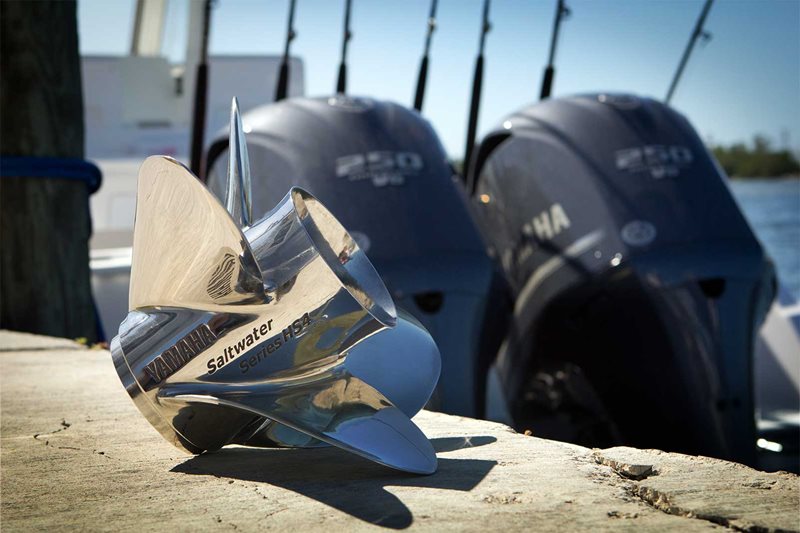
Boating Industry "Solutions for the labor shortage"
News
Our Owner, Keith Rhodes was recently interviewed for the below article in Boating Industry for "Solutions for the labor shortage" see full article below.
By Margaret Podlich
Executive Director, ABYC Foundation
A Minnesota High School faces a 50% cafeteria worker shortage and needs to feed 2500 students a day. It now pays students $16/hour and gives them course credits to work alongside adults. Students work between classes, don’t need transportation to their jobs, and are having fun. In six years, the trucking industry expects to be short 100,000 drivers. One California high school offers its seniors an elective course with 180 hours of classroom training and 30 hours of lab sessions. The instructor, who started driving to pay for college, is showing his students that part-time trucking can be part of many careers.
A small city airport in Indiana is struggling to stay open, with a shortage of both local operational talent and pilots. Their local schools began offering a two-year Aviation Flight and Operations program to prepare high school graduates for local and national jobs. Three years later, there are 20-25 students in the program.
For those of us who have been working awhile, when it comes to hiring, we’ve had decades of experience indicating we simply need to be better than the next company in order to find and hire new talent. The U.S. demographic shift, and its effects on the labor force, requires a shift in our thinking in order to go forward successfully, both for our own companies, and for the marine industry as a whole.
Consider the Graphic
In the U.S., there are more 25 to 34-year-olds than ever, but not as many young kids behind them. The U.S. birth rate was down 18% between 2010 and 2020 (National Center for Health), and the Congressional Budget Office estimates the U.S. labor force will grow by less than 0.2% per year through 2031, as the youngest baby boomers retire. There just aren’t as many fresh faces for us to recruit and hire.
So Now What?
We are going to have to get creative.
Two years ago, Keith Rhodes purchased Tri-State Marine, just south of Annapolis, Md. With about 34 employees, his company sells and services Grady-Whites, Parkers, SeaPros, and EZ Loader trailers.
With a Masters in Business Administration (MBA) and years of experience in high-end marketing (think: Land Rover), Rhodes has been modernizing his business, which already has a great market share and regional customer base. But, his take on employees strikes home.
“The only real competitive advantage a business has is its culture and its people,” he says. His young staffers are working alongside team members with up to 50 years of tenure, representing a significant age range across different departments, including the service department.
One of Rhodes’ innovations has been an evergreen job announcement on their website for “Junior Techs.” He started this after realizing “it’s hard for us to hire techs,” Rhodes mentions due in part to their rural location. But, “if someone wants to learn, is mechanically inclined, and is the right person with the right attitude, we’ll teach them. We are looking for great people, always.”
This diversity in talent allows less experienced techs to work alongside a more senior tech to gain hands-on knowledge. During the pandemic, as pre-delivery work increased at the dealership, “our techs got smarter and smarter,” Rhodes says, offering a unique benefit to those just starting in the field.
Retention is an obvious key to his workforce and his customer strategies. “Taking care of your people is good business,” says Rhodes, who is navigating a delicate road as the new caretaker of a 50-plus year business. With Tri-State offering everything from new boats to service, winterization, and storage, Rhodes and his staff are in it for the long haul. “Our job is never done.” Looking at his business, there’s something for each of us to think about.
https://boatingindustry.com/columns/2022/09/26/solutions-for-the-labor-shortage/
